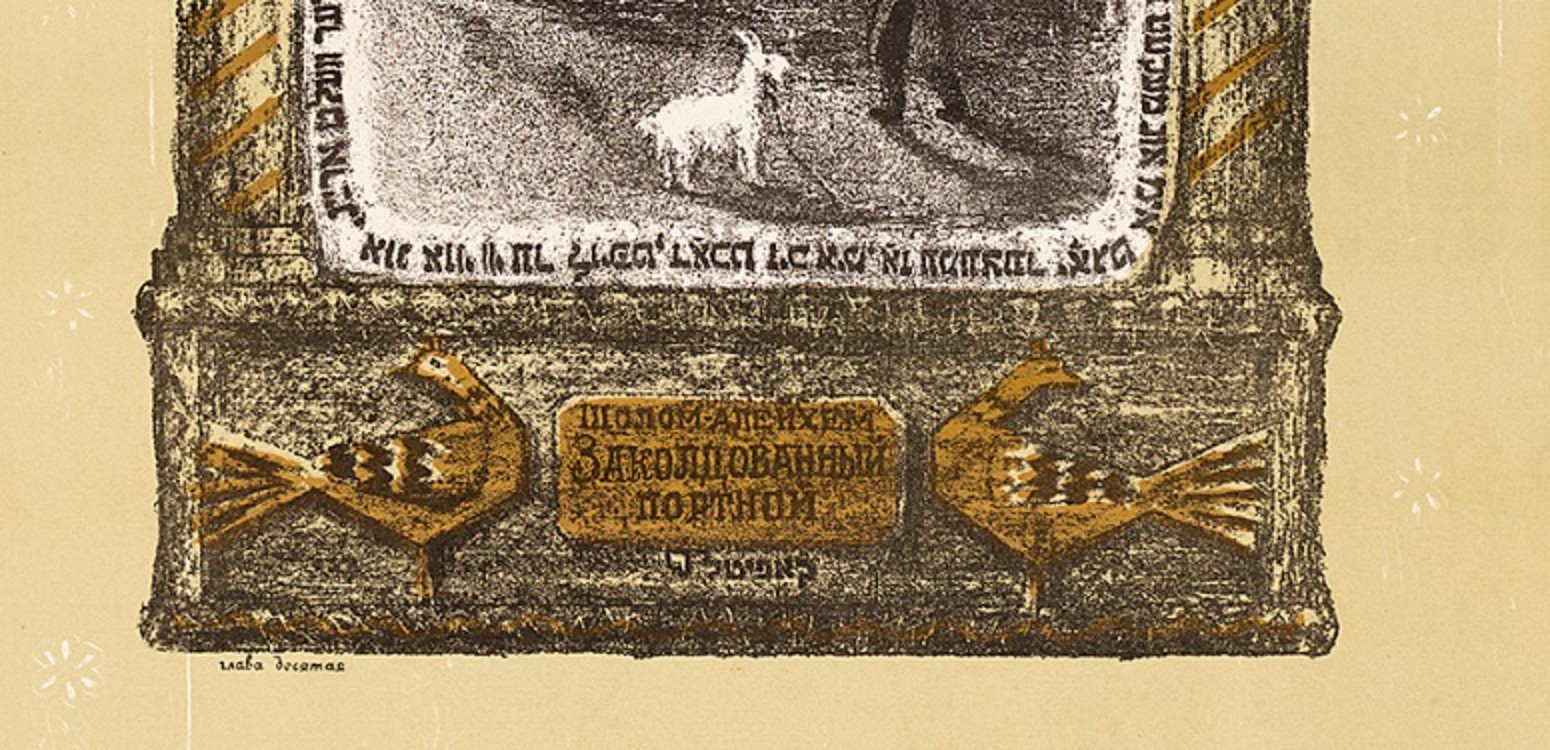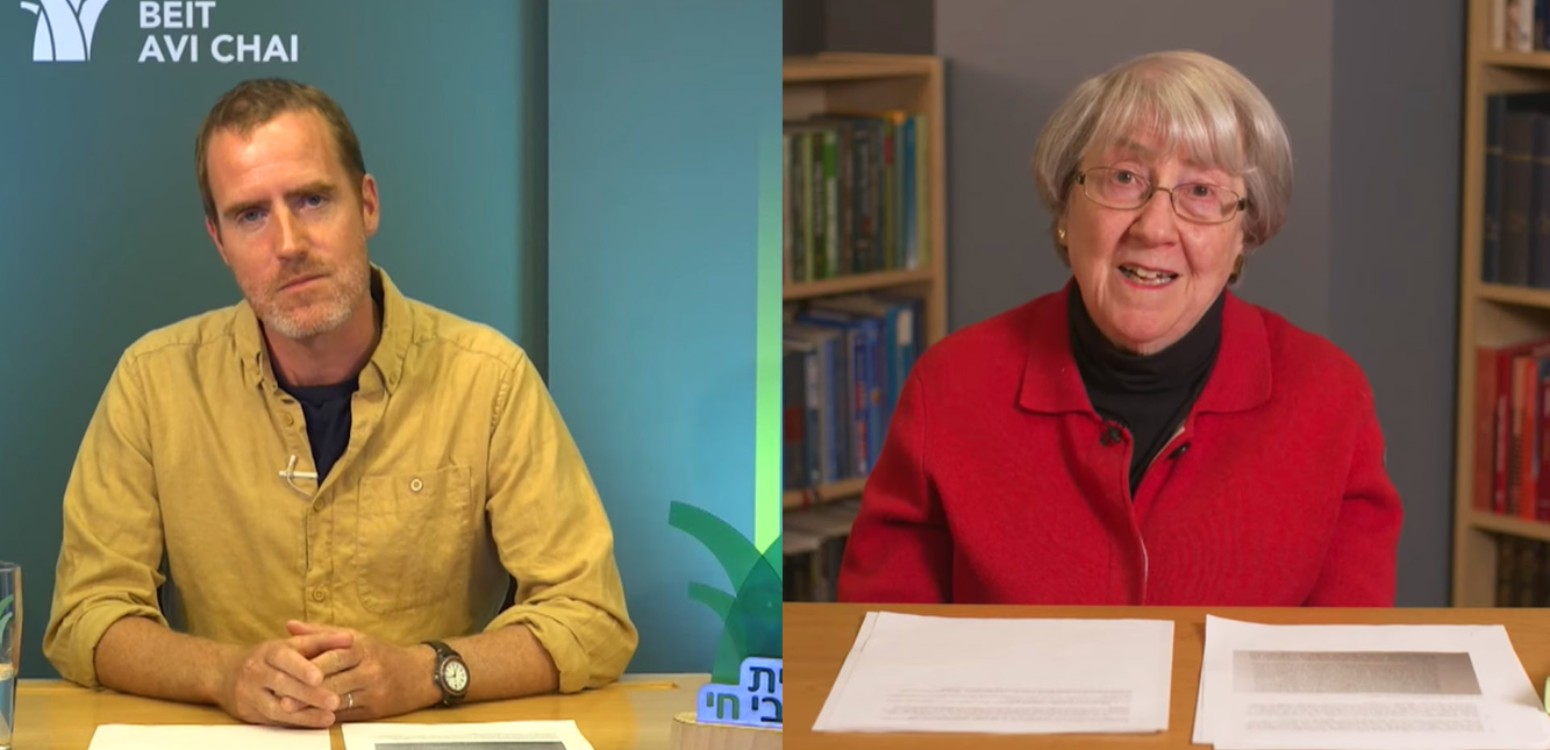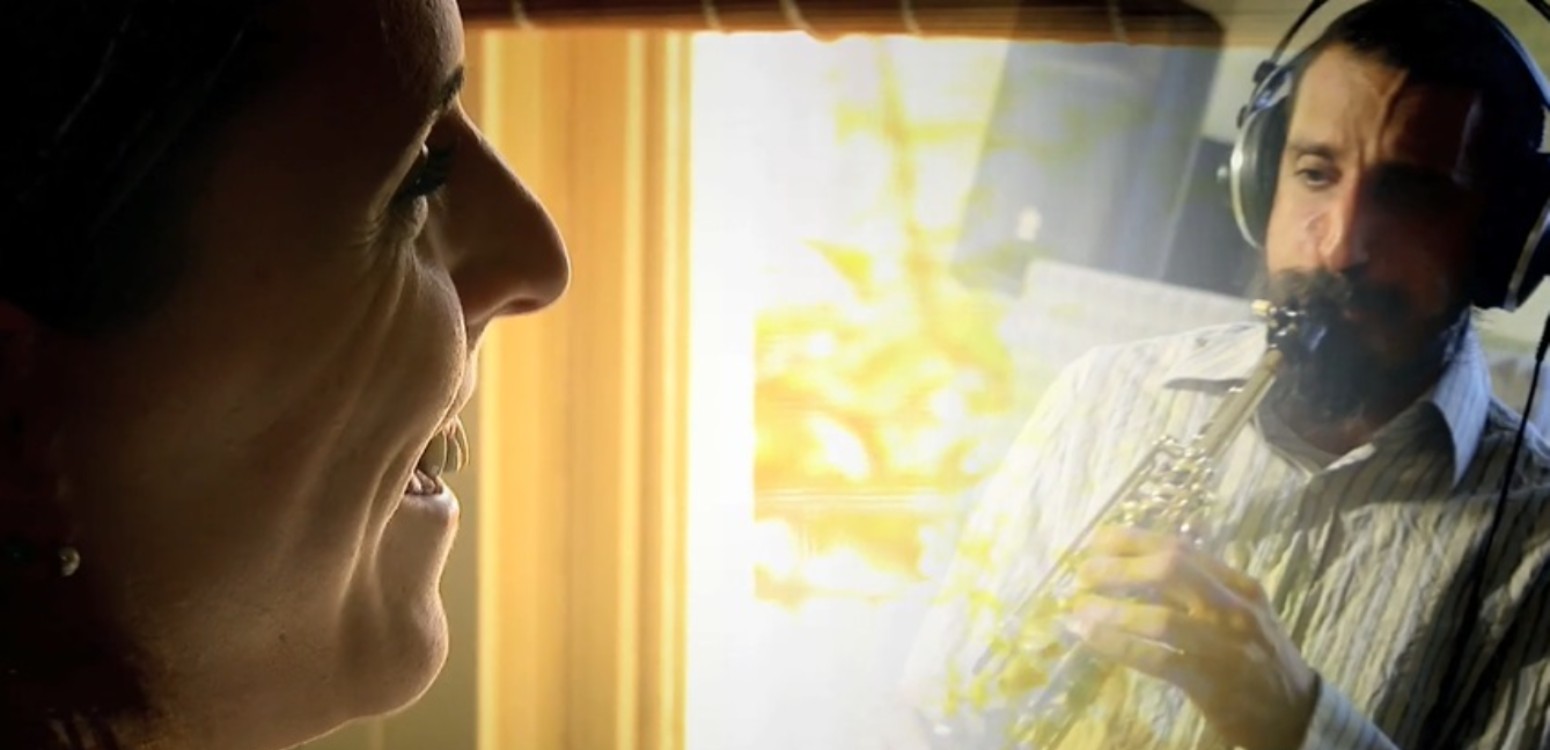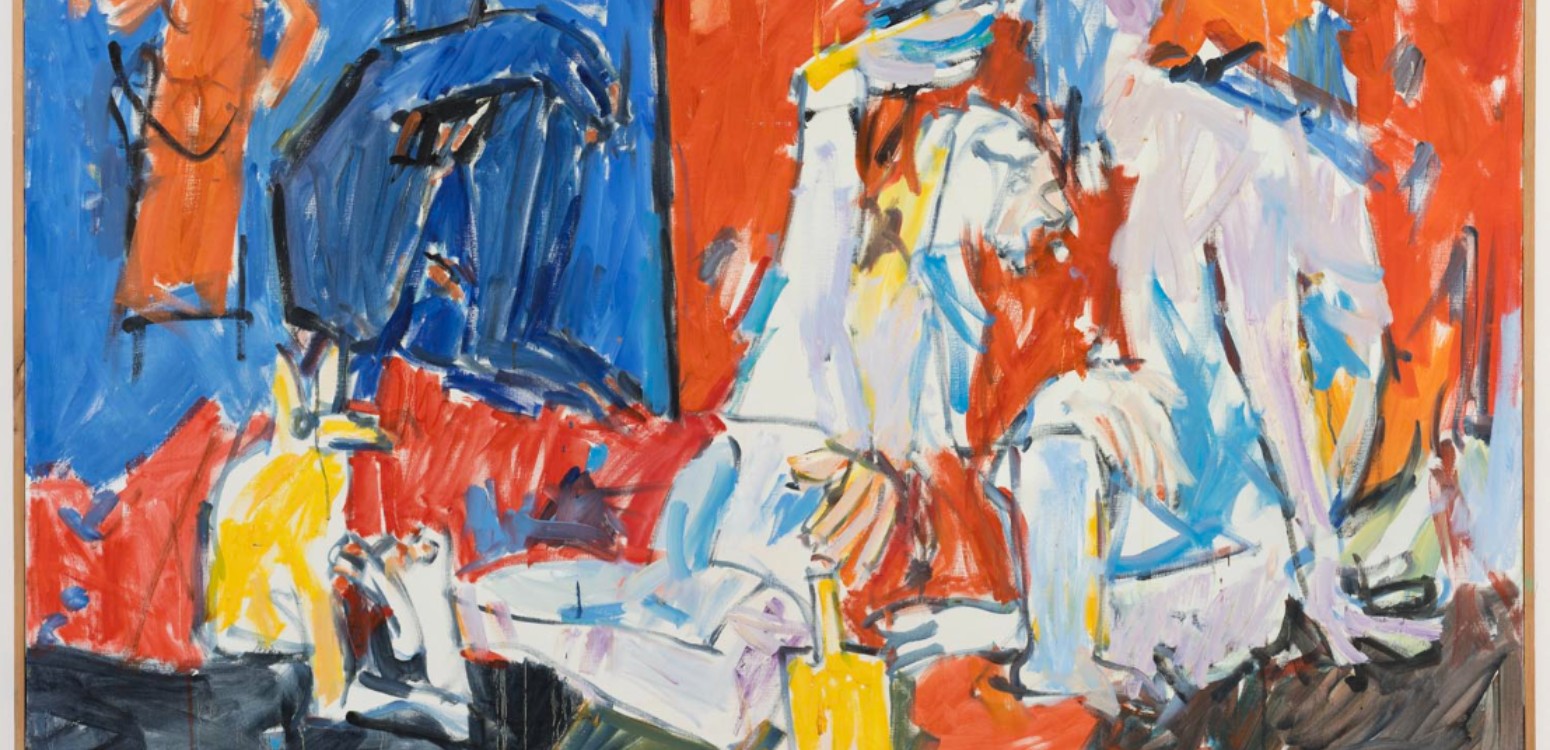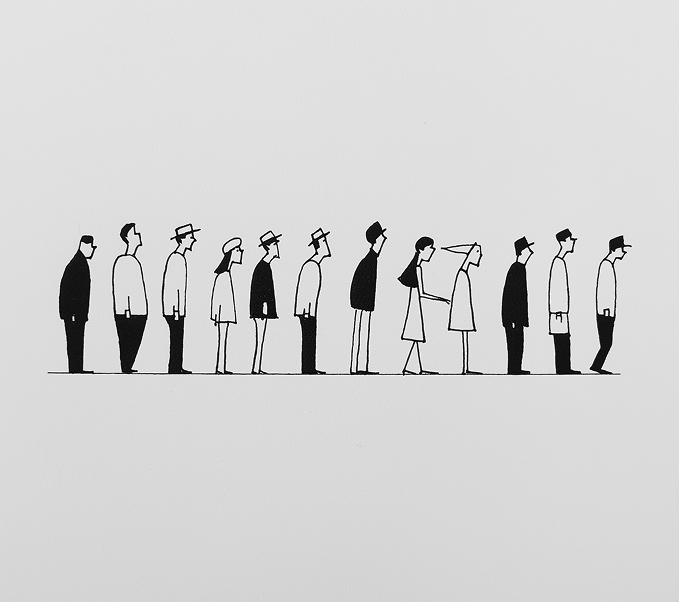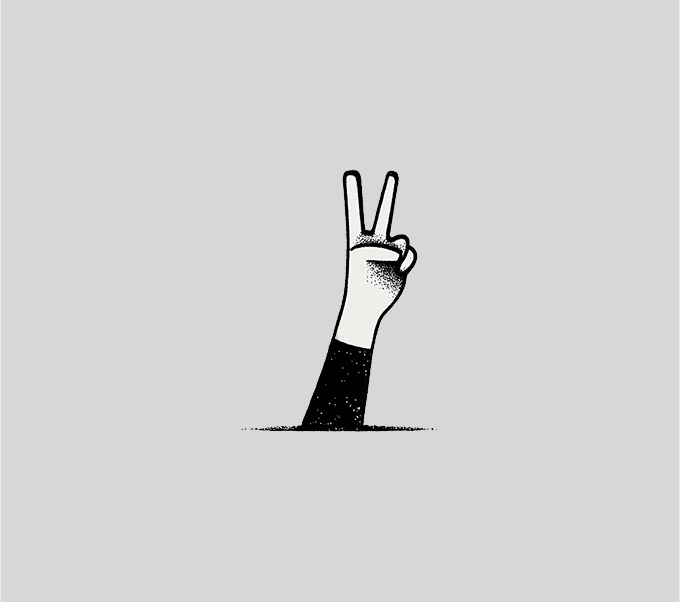For centuries, the Targum Yonatan has been attributed to an ancient sage who studied under Hillel the Elder. But Dr. Leeor Gottlieb’s groundbreaking research reveals a surprising truth: this “ancient” text was actually composed in XII-century Italy. Through literary detective work, he’s unravelling a mystery that challenges everything scholars thought they knew about this enigmatic biblical translation
In the world of biblical scholarship, few texts have proven as puzzling as the so-called Targum Yonatan (or Targum Jonathan) on the Torah – also known as the Targum Pseudo-Jonathan. A targum (literally meaning “translation” in Hebrew) was originally a spoken translation of the Hebrew Bible. The translator often extended his work by adding paraphrases, clarifications, and illustrations. This specific targum came to be attributed to the ancient sage Yonatan ben Uzziel, who studied under Hillel the Elder, but this enigmatic work has hidden its true origins for centuries.
Dr. Leeor Gottlieb, a Bible lecturer at Bar-Ilan University, has investigated into this ancient puzzle, and yielded surprising conclusions that place the text not in ancient Judea, as previously assumed, but in XII century Italy. Gottlieb’s groundbreaking research has cracked the code, revealing a story that reads like a detective novel.
“It’s a perfect storm of everything a sleuth would be interested in,” Gottlieb explains. “It’s by far the most fascinating [Aramaic] translation in terms of the ideas it contains. It has all sorts of things you won’t find elsewhere.” Yet for all its richness, the true authorship of the text remains elusive. “It’s wrong to attribute it to ben Uzziel, because historical facts mentioned by its author, the science of his day, the Aramaic dialect in which this Targum was composed all indicate that its author lived many centuries later.”
Fascinating scholarly confusion
Gottlieb’s journey into this mystery began during his graduate studies, when he was researching textual criticism and the Dead Sea Scrolls. “I found parallels between Hebrew versions of the Dead Sea Scrolls and the Aramaic translations,” he recalls. “Both served as sources for ancient biblical interpretation and as witnesses to the biblical text’s transmission.” This early work on his dissertation about the Targum of Chronicles prepared him for the larger mystery that would consume years of his career.
The scholarly confusion surrounding the so-called Targum Yonatan on the Torah (not to be confused with Targum Yonatan on the Prophets) drew him to the text. “When I read everything written by XX century scholars of Aramaic targumim, almost everything led to conclusions I could tell were inaccurate. When you see that there’s so little accuracy in what we know about this important text, an academic scholar will strive to solve those riddles.”
The biggest riddle, according to Gottlieb, was that of the text’s origins. “I date it – at the earliest – to the end of the XII century, maybe the early XIII century.” This is many centuries later than most scholars had assumed.
When, where and by whom?
The location proved equally surprising. “Until recently, there was a consensus that it was a translation from the Land of Israel due to the language and style of this Targum. Consequentially, one of its alternative names was Targum Yerushalmi A. But I concluded that it was composed in Italy. The fact that it was outside the Levant was highly surprising for me and even controversial.”
The late dating and surprising location raise an obvious question: Why would anyone compose an Aramaic translation at a time and place when people didn’t speak Aramaic anymore? Gottlieb explains: “The author was acting within a traditionally acceptable literary genre for Torah study. His audience didn’t speak Aramaic as their main language, but anyone with traditional training in Judaism at the time would have known that Torah is studied either through midrash or through targum.”
At a time when medieval biblical commentary was emerging as a new genre, choosing Aramaic represented a deliberate connection to tradition. “Aramaic is the traditional accompaniment to the biblical text. It was regarded not just as a translation but as a commentary. Much of rabbinic and halakhic literature regards Aramaic in that vein, maintaining its aura of traditional authority.”
The author’s real identity remains a puzzle
Gottlieb’s breakthrough came through careful literary analysis. “I isolated a few expressions in the Targum that did not comport with the notion that the text was composed in first-millennium Israel.” The text revealed itself to be “a patchwork of ancient material that the author brings together, also using much later sources at his disposal. The final product is from the end of the XII century.”
The author’s real identity is a major puzzle that continues to elude Gottlieb: “I can’t even give you a 50% chance that I’ll be able to solve this. Like other Targumic works from antiquity, the author didn’t sign his name.”
Gottlieb’s method for solving the puzzle involves searching for literary expressions that can only be explained by linking them to a particular historical figure. “The chance for that to happen is not great,” he admits, but his past success in dating the text through similar detective work suggests that scholarly persistence can yield surprising results.
So far, Gottlieb’s detective work (together with a graduate student of his, Nissim Mizrachi) has yielded one potential name. The anonymous author of the so-called Targum Yonatan on the Torah clearly had connections to Rabbi Menachem ben Shlomo, a XII century Italian Jewish scholar and the author of Midrash Sekhel Tov. “At this point I can’t suggest that he is the author, but I can say that the author had access to his writing. He may have been a disciple or been influenced by his work.”
An honest pursuit of truth
Gottlieb’s research challenges not just academic assumptions but also popular beliefs. “I've found, and I was quite surprised by this because I myself have always been a religious Jew, that when asked if it was written by Yonatan ben Uzziel, many of my co-religionists would say that it was solely because that is the name printed in their edition of Mikraot Gedolot. I never understood that, given that all the rest of the data would indicate otherwise. I don’t know why an honest pursuit of truth is anything but liberating.”
Through Gottlieb’s detective work, what emerges is not just the solution to an ancient mystery, but a deeper appreciation for the creativity, learning, and innovation of medieval Jewish scholars. As Gottlieb continues his investigation, armed with modern research tools, the mystery of the so-called Targum Yonatan serves as a reminder that Jewish manuscripts can continue to surprise us, hiding their secrets until a determined scholar-sleuth comes along to crack the code.
Main Photo: Talmud readers\ Wikipedia



